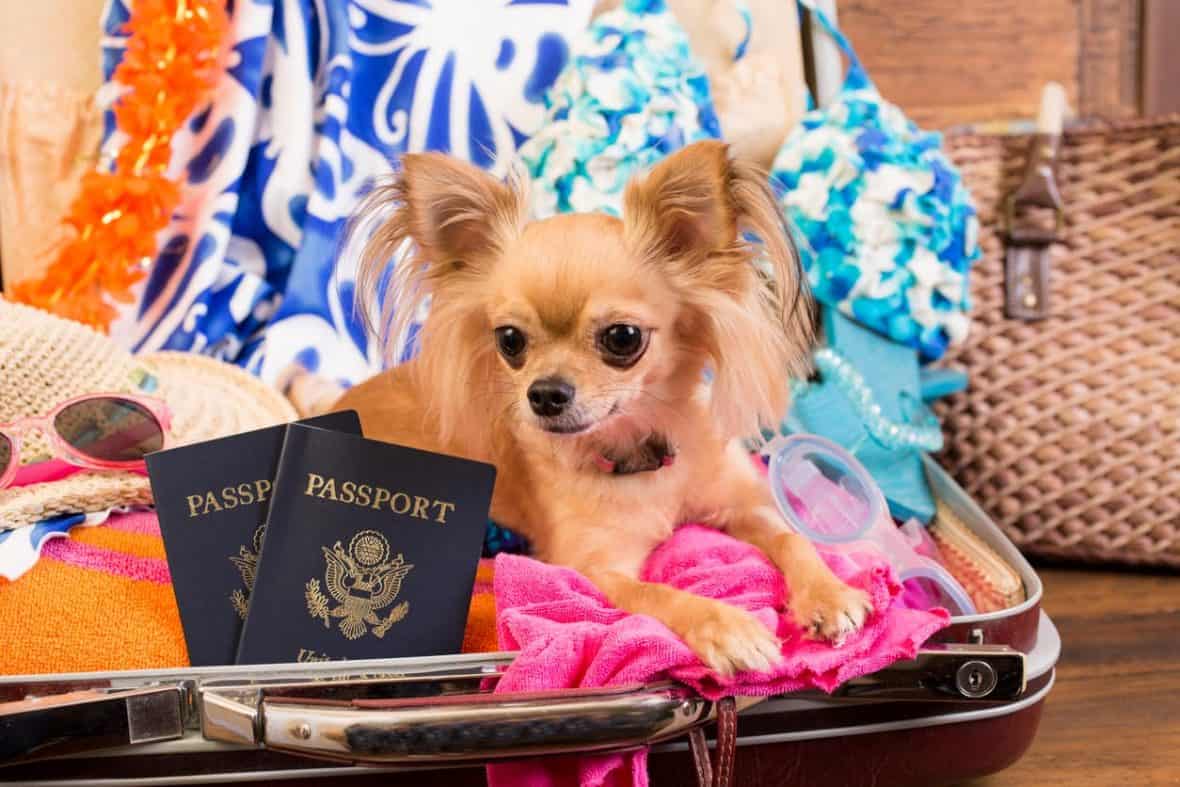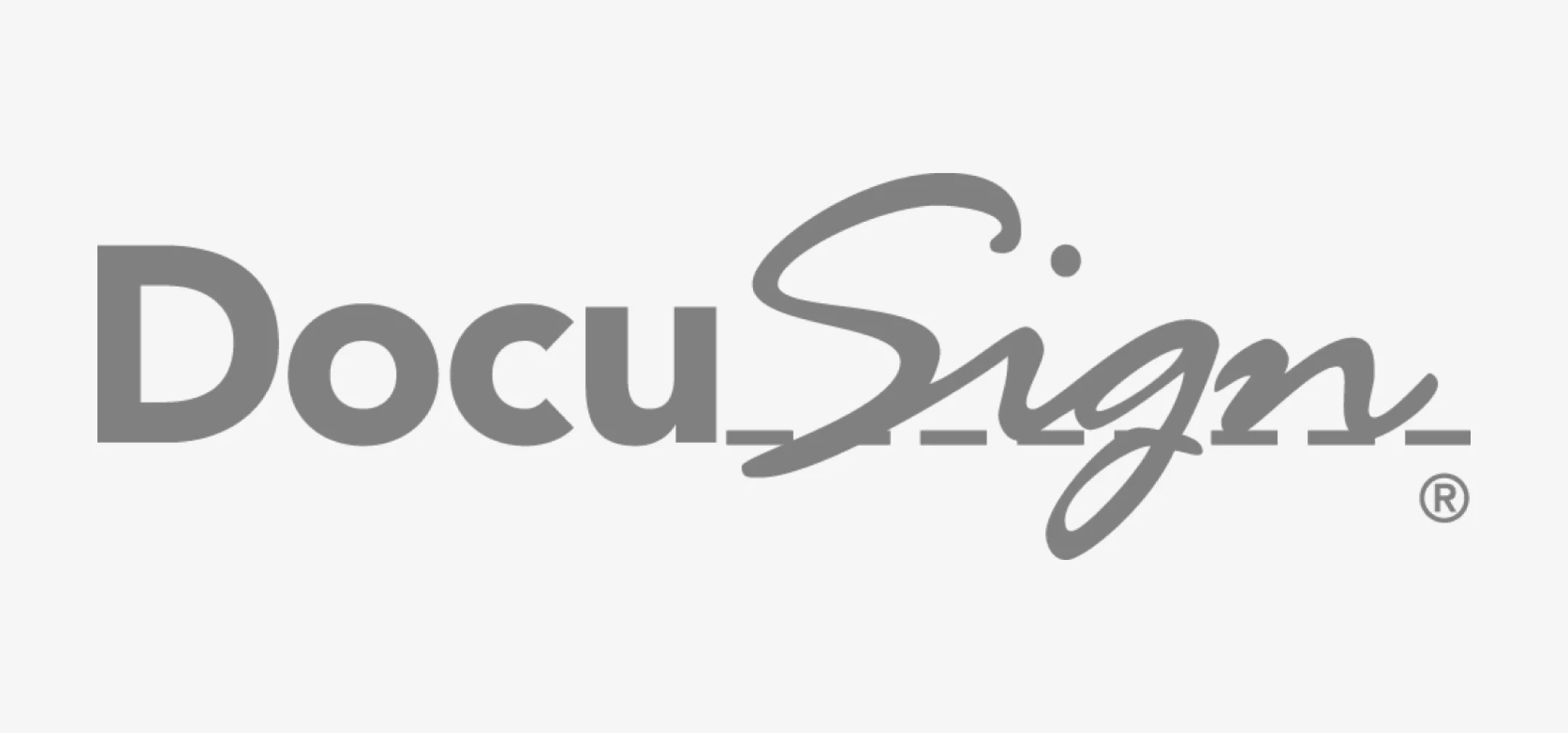London Pet Travel Scheme
Traveling with pets is a huge responsibility. You have to take care of the animal, its comfort, ration, and nervous system. To top things off, you carry the most dreaded of responsibilities on your shoulders – paperwork. Contact us to learn more about apartment rental agency
Luckily, in the case of moving to the UK, the bureaucratic bulldog barks louder than it bites. All you to avoid both the quarantine and the headache it brings upon you and your fluffy friend is to meet the requirements of the Pet Travel Scheme.
Personal responsibility
To start things off, we have to state that taking care of your pet and the paperwork necessary to travel with it is your personal responsibility. Sure, we’ve been helping pet owners with relocation for more than a decade. We have both the experience and the resources to guide and help you along the way, but there are many things (like actually visiting a vet, for example) that you’ll have to deal with on your own.
Paperwork

First and foremost, your little friend will need a passport of its own. If you currently reside in an EU country, you’ll have it issued to you no problem. Same can be said for residents of Gibraltar, Croatia, Switzerland, and San Marino.
As for the rest of the world that does not issue pet Pet Travel Scheme (PTS docs – you’ll need an official third country veterinary certificate. How does this work? Let’s take the US as an example.
An American willing to travel to the UK with a pet is to acquire a complete health certificate from an accredited veterinarian. Typically, the form costs $38 and the fee includes a rabies vaccination.
Said form will also require a stamp from either USDA, VS Area Office, or APHIS in order to be valid. You can send the original of the form alongside the rabies certificate, and the payment (money or credit card information) via mail or by visiting the nearest office directly. That said, a visit would most likely require an appointment so don’t try showing off out of the blue without giving a call in advance.
Vaccinations

Speaking of vaccinations, your per will require a rabies vaccination and tapeworm treatment (dogs only) before being allowed into the United Kingdom.
Rabies vaccination
The vaccination against rabies is a requirement with no exceptions. Every animal entering the United Kingdom has to take the shot. That said, your little friend should be at least 12 weeks old to take it. If it is under that age, all you can do is wait.
You’ll have to make sure that the manufacturer of the vaccine, its expiry dates, and the date of vaccination are recorded in either the animal’s passport or its healthcare certificate.
Important note: There is a waiting period of 2 days after the shot in which the animal will not be allowed into the UK. If the vaccination is in two parts, you will be obligated to wait 21 days from the date of the second shot.
Tapeworm treatment
Every dog entering the UK is to undergo the tapeworm treatment. There are no exceptions to this rule. The treatment is to be administered by an accredited vet not less than 1 day (24 hrs) and not more than 5 days (120 hrs) before your scheduled arrival. Obviously, it has to be recorded in either the animal’s passport or its healthcare certificate.
Important note: Tapeworm treatment has to be effective against the Echinococcosis tapeworm, meaning it has to contain Praziquantel. Nexgard, Stronghold, Frontline Combo, and Advocate will not be accepted as treatment.
Microchips

Your pet has to be fitted with a microchip for identification purposes. You’ll need to do this before the rabies vaccination is carried out.
The chip is an obligatory requirement. Its number has to match the number on your animal’s healthcare certificate or passport.
According to ISO (International Standards Organization), the chip is to meet specifications 11784/11785:
- Be composed of 15 digits
- Non-encrypted
- Operating at 134.2 kHz
Important note: Many US-based manufacturers like AVID, or HomeAgain tend to use the 125 kHz frequency. These chips simply won’t work with the majority of scanners that were not manufactured specifically for them, as they don’t meet the ISO standard. In simpler words, you won’t be able to travel internationally with a 125 kHz chip. Sadly, this means that your fluffy friend will have to be microchipped the second time if it does not have an ISO-compatible chip.












0 Comments